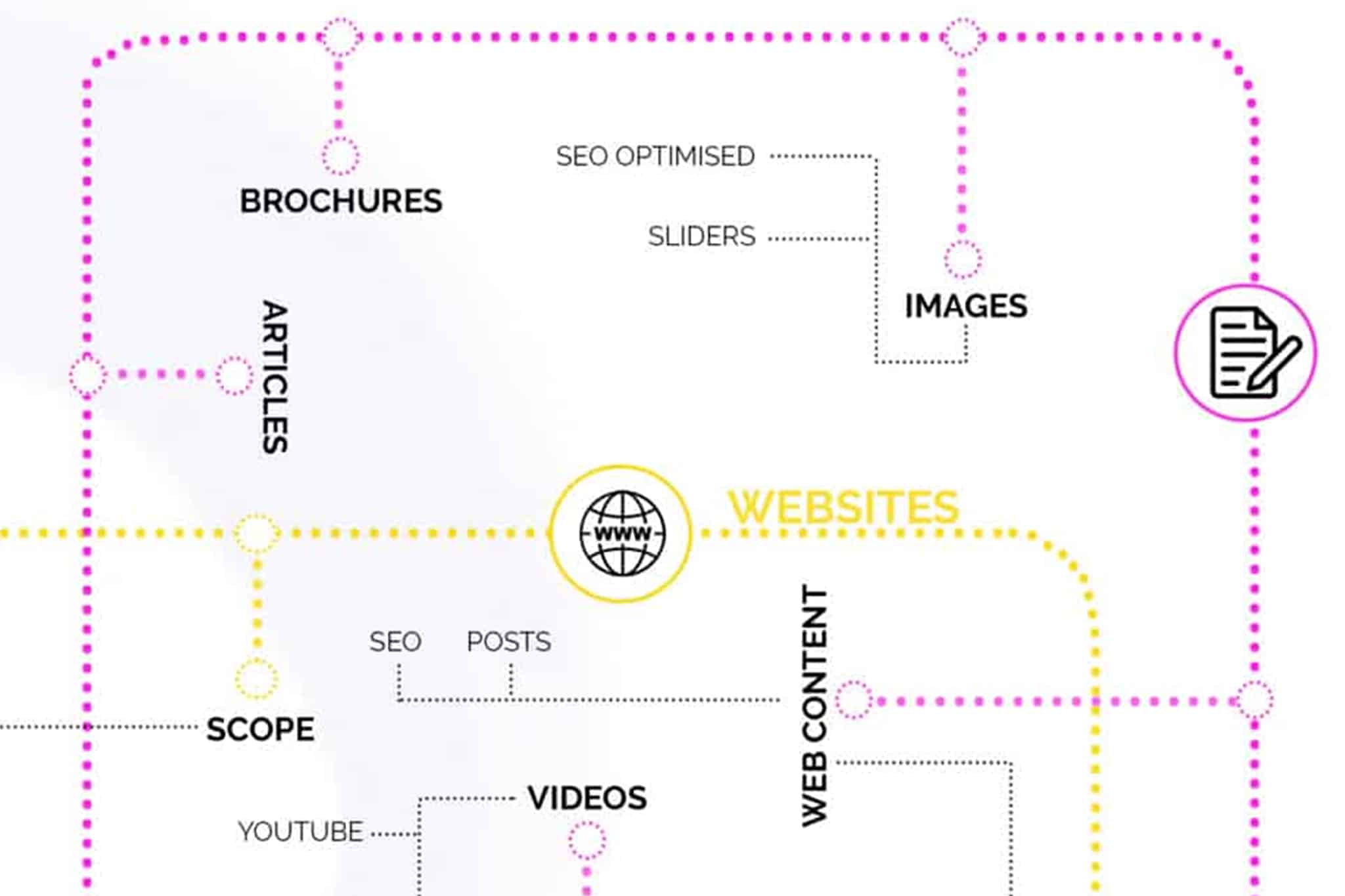If you are looking to sell products online – and take payment there are 5 E commerce Set Up Factors For Success.
Ecommerce has become an increasingly popular way for businesses to sell their products and services. However, setting up an ecommerce store can be a complex process, with many factors to consider.
In this article, we will discuss some of the key considerations for setting up an ecommerce store, including selecting the right platform, designing an attractive and user-friendly website, implementing effective marketing strategies, and ensuring secure payment options. By understanding these factors and taking the necessary steps to address them, businesses can set themselves up for success in the competitive world of ecommerce.
These ecommerce factors include
- Create wish lists – so customers can compare and contrast
- Provide the ability for a customer to request a quote – so you can respond back with a price
- Showcase some products clearly – so a customer has information for further action
To sell online effectively an e commerce platform could be just what you need. Whether it’s Shopify to give you a low cost start, Woo Commerce a mid tier package through to Magento if you have highly complex products with lots of configuration potential, there is lots to consider.

Choosing the correct ecommerce platform
When selecting an ecommerce platform, there are several key factors to consider:
- Scalability: The platform should be able to handle an increasing number of products, customers and orders as your business grows.
- Customizability: The platform should allow for customization of the design and layout of your online store, as well as integration with other tools and platforms, such as accounting software or payment gateways.
- Security: The platform should have robust security features in place to protect customer data and prevent fraud.
- Payment options: The platform should support a variety of payment options, including credit cards, PayPal and other popular payment methods.
- SEO and Marketing: The platform should allow for easy optimization for search engines and integration with marketing tools.
- Cost: The platform should be affordable and offer good value for money.
- Support and Resources: The platform should have good customer support and a wide range of resources, such as tutorials and guides, to help you set up and manage your store.
- Multi-Channel sales: Consider if you want to sell on multiple channels such as website, social media, Amazon, ebay and so on.
- Mobile Optimization: Platform should be mobile friendly and optimized for all devices.
By taking these factors into account, you can select the ecommerce platform that best suits your business needs and helps you achieve your goals.
What you need to consider when designing an Ecommerce site
When designing an ecommerce website, there are several key factors to consider:
- User experience (UX): The design should be easy to navigate and understand for users, with clear calls to action and intuitive layout.
- Responsive design: The website should be optimized for viewing on all devices, including desktop computers, tablets, and smartphones.
- Branding: The design should be consistent with your brand, including color scheme, font, and imagery.
- Product display: Products should be well-organized and easy to find, with high-quality images and detailed descriptions.
- Search functionality: The website should have a search bar and filtering options to help customers find what they’re looking for quickly.
- Speed and performance: The website should load quickly and be optimized for fast performance.
- Trust and security: The website should include trust signals such as security badges, money-back guarantees and customer reviews.
- Checkout process: The checkout process should be fast and easy, with clear instructions and minimal steps.
- Customer account: The website should have a customer account system that allows customers to view their order history and status, and save their shipping and payment information for future purchases.
- Accessibility: The website should be accessible to users with disabilities, and comply with web accessibility guidelines.
By taking these factors into account, you can design an ecommerce website that is both visually appealing and user-friendly, making it easier for customers to find and purchase the products they want.
The context of the site for a customer
- What is it that they want to buy on your site
- Do they hate wasting time
- Whilst they potentially want to buy do they hate being sold to
- Might they feel that they are being coerced into a purchase
- Once they have been on the site will they feel that they are being tracked and stalked (until they opt out forever)
- How easy is it to pay
- credit card
- pay pal
- all payment mechanisms
- How safe and secure do i feel when dealing with the site
- Is it really clear how I reach you in the event of a dispute (showcasing address / telephone numbers etc) to demonstrate your not dodgy
The context of the site for the business
- Is your primary aim to take money (we have built many sites that allow customers to build a quote , develop a wish list , see and select products in a very easy way )
- Is your site purpose to make money
- If you can create “Happy” customers then potentially you can make more money
- If your site is fast, then potentially you can make more money
- If your ecommerce activity is low maintenance, then potentially you can make more profit
- If you have the capability to analyse and track then that will increase the potential to reach more customers
E commerce Set Up Considerations
1: Tracking – aim for as little as you can get away with
- Tracking adds javascript
- Javascript adds weight, complexity etc
- People don’t like being tracked
- Many people may be blocking tracking scripts
2: Design – aim for the simplest you can get away with
- The Information Architecture – too many options are bad
- Ask yourself do you really need to use extra fonts
- Is that fancy transition really required
- Have the images to be used been optimised for the web (Yes your products look great but you really don’t need 25mb images)
3: Accessibility – do not ignore people with disabilities
- We have written about it before – the range of disabilities is extensive sight, sound, motor, cognitive etc
- Accessibility is also for people who have changed circumstances that are not disabilities e.g trying to make a purchase whilst you have screaming children at your feet, trying to make a purchase on a mobile with poor connectivity
- The following resource is a useful introduction
4: Use Technology correctly
- Have a competent DNS registrar and host
- Always use HTTPS
- More importantly do not use HTTP ( note HTTP is not faster than HTTPS even on pages that have no payment / e commerce or are just blogs)
- If possible use containers
- Think about moving all your media off site (Amazon S3) to avoid massive downloads
5: Developing the E commerce site
- No shared accounts
- Website Developers should be given their own details . Better still they get invited into accounts
- What’s the policy of revocation
- What is the protocol if you don’t want to work with someone anymore
- Backups – have you tested restoration
- Have you been through a through testing process
- When deploying to go live for what period of time does your site go down
- For another day “atomic deployments and multi server environments”
- Clean code / code style used / code linting used
- Modern programming principles (composer) and using .env files
- Measure site performance, can your ecommerce website developer also add metrics
Summary – 5 E commerce Set Up Factors For Success
In summary, setting up an ecommerce store requires careful consideration of several key factors. When selecting an ecommerce platform, businesses should consider factors such as scalability, customizability, security, payment options, and cost.
When designing the website, important considerations include user experience, responsive design, branding, product display, search functionality, speed and performance, trust and security, checkout process, customer account and accessibility.
By taking the time to address these considerations, businesses can set themselves up for success in the competitive world of ecommerce. By understanding these factors and taking the necessary steps to address them, businesses can set themselves up for success in the competitive world of ecommerce and establish a professional, trustworthy and user-friendly online store that will help them to achieve their goals.
If you would like to know more about Ecommerce websites contact Andrew Goode MBA, MSc, FCIM Click here to arrange a call
Other articles linked with marketing metrics that may provide additional insight. Marketing metrics and analytics, marketing ROI Planning , marketing revenue analytics and Marketing Measurement Metrics








